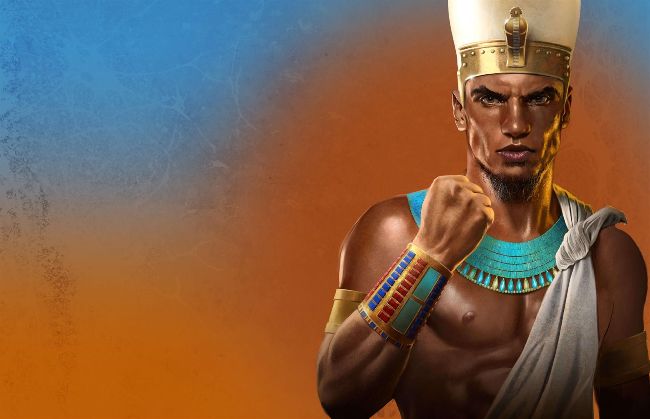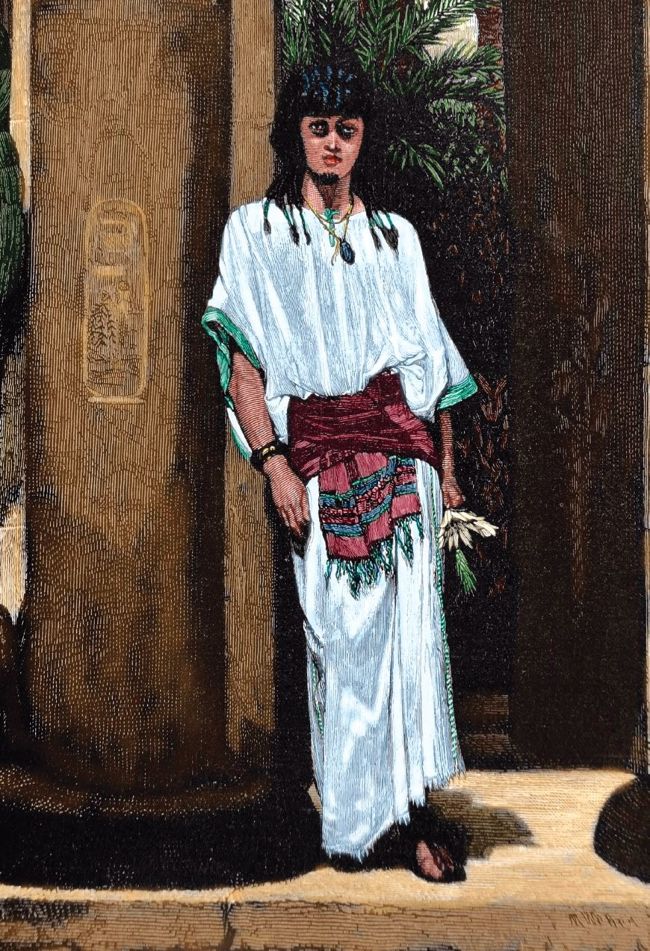EGYPT’S EMPIRE MAKER
THE FIRST PHARAOH
How Narmer unified two ancient crowns to forge the First Dynasty
Written by Ben Gazur
When we picture ancient Egypt we tend to summon up images of towering pyramids, opulent tombs and colossal statues. Each of these owes their existence to the will of the pharaohs of Egypt and the vast resources they had at their command. These rulers were more than merely powerful kings – to their subjects they were imbued with divine authority and for thousands of years the pharaohs were the focus of Egyptian society. Where did this institution come from and who was the first person to claim the throne? For answers we must sift evidence that takes us back to the very beginnings of history in Egypt, and the life of Pharaoh Narmer.

Illustration by: Joe Cummings
Upper and Lower Egypt
The origins of the ancient Egyptian state can be dated back to around 3150 BCE. Egypt itself had, of course, been inhabited for hundreds of thousands of years but its people appear to have lived in small communities with varying degrees of interaction with other groups. Archaeologists have identified different eras of culture in different areas and different times based on their material remains such as tools, pottery and decorative artefacts.
Artistic influences from Mesopotamia are seen in some of the art of pre-historic Egypt, indicating the Mesopotamian political system of kingship was known to Egyptians. It was only after around 4000 BCE that larger polities evolved, bringing more people under the authority of individual rulers. Over a number of centuries two states coalesced out of the various communities living in Egypt.

Narmer was the model for later generations of Egyptian pharaohs

A 19th century engraving of the Egyptian king
Lower Egypt was focused on the fertile delta region where the Nile flows into the Mediterranean. The peoples of this area were agriculturalists who cultivated the relatively well-irrigated land they inhabited. Their rulers were identified by the wearing of a red crown known as the deshret. A much-later list of Egyptian rulers gives names to some of them but little other evidence exists. Archaeological evidence points to Lower Egypt adopting aspects of the culture of neighbouring Upper Egypt over time.
A state developed around the town of Naqada in the Nile valley that became known as Upper Egypt. From around 3400 BCE the people of Upper Egypt had already started marking objects with a serekh, an image of a falcon resting on a rectangle, which denoted royalty, suggesting their rulers were already adopting royal titles and linking their rule to divinity. It is in Upper Egypt that the pictographic writing that later evolved into the hieroglyphs of ancient Egypt were first used, around 3300 BCE, giving us better access to their history. The rulers of Upper Egypt wore a white crown called the hedjet.
The final stages of the Naqada culture, around 3200 BCE, provide the best direct evidence of kingship before the formation of the Egyptian state. What we know of them is limited but the name of a king called Iry-Hor has been discovered, as well as a tomb of royal proportions. Iry-Hor seems to have been followed by a king called Ka, whose tomb contains the first example of a royal name joined to the serekh symbol. Egyptologists would dearly like to know what happened next in Upper Egypt but the evidence is difficult to interpret. All we know is that the first pharaoh of a united Egypt appeared soon after the death of Ka.